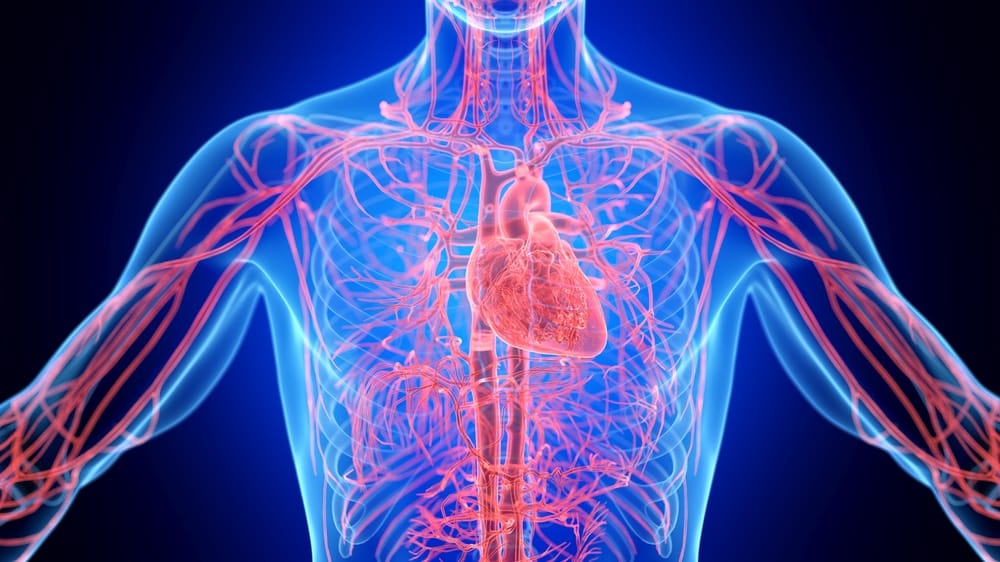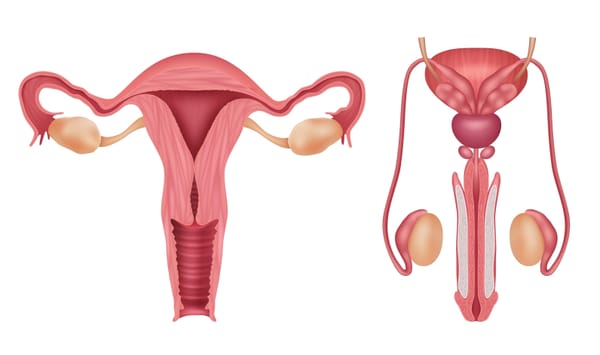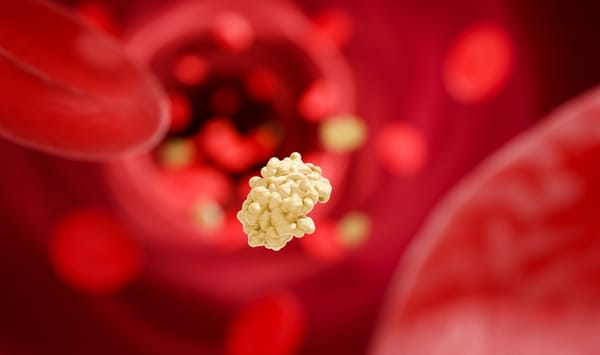Understanding the cardiovascular system

The cardiovascular system, made up of the heart and blood vessels, is responsible for delivering oxygen and nutrients to the body’s organs, enabling them to function properly.
The heart acts as a muscular pump that keeps blood circulating throughout the body. Blood travels between the heart and lungs via the pulmonary circuit, while the systemic circuit carries blood between the heart and the rest of the body.
Deoxygenated blood from the body returns to the heart through two large veins: the inferior and superior vena cava, entering the right atrium. From there, blood flows through an atrioventricular valve into the right ventricle, then passes through the pulmonary valve into the pulmonary arteries. In the lungs, the blood receives oxygen and returns to the heart through the pulmonary veins. Oxygen-rich blood enters the left atrium, moves through the mitral valve into the left ventricle, and finally is pumped through the aortic valve into the aorta.
Arteries generally carry oxygenated blood under high pressure, while veins transport deoxygenated blood at lower pressure. An exception to this is in the pulmonary circuit, where pulmonary arteries carry deoxygenated blood to the lungs, and pulmonary veins bring oxygenated blood back to the heart. Veins also contain valves, supported by surrounding muscles, to prevent blood from flowing backward.
Within the arterial system, blood flows through a sequence starting with elastic arteries, then muscular arteries, followed by smaller arteries and arterioles before reaching the capillaries. On the venous side, blood moves through postcapillary venules, collecting venules, veins, and finally the vena cavae, which return blood to the heart.
Love them without losing yourself. The Boom Health app helps you manage your loved one’s home care in one app. Download the app from the App Store or Google Play Store.
This article is not intended to be a substitute for professional medical advice or diagnosis. Always seek the advice of your physician or another qualified health provider with any questions you may have regarding a medical condition.




